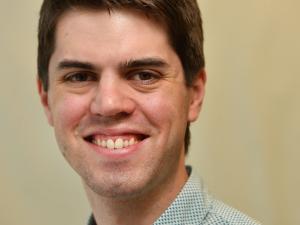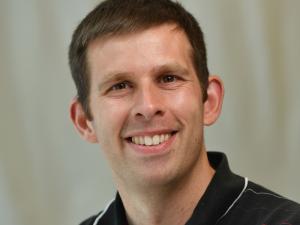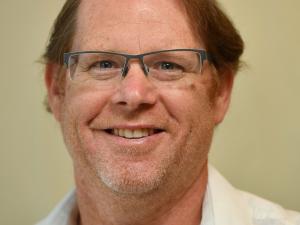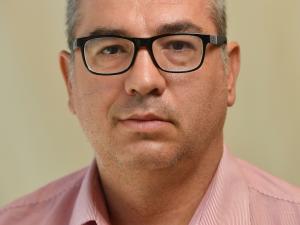Quantum Atom-Fibre Photonics
The advent of micro-structured optical fibre has revolutionised methods for creating strong interactions between light and matter.
Within our group we utilise both hollow-core fibre and exposed-core fibre to tailor and control light and matter interactions. This is achieved by confining light to small volumes, generating intense optical fields, while allowing an atomic vapour to be present within the same small volume.
We make use of this technology to guide cold atoms through fibre, implement both classical and quantum optical switches, perform optical quantum state storage and manipulation, and produce compact optical frequency standards.
Example 1: Quantum optics with cold atoms
Strong atom-light interactions have been used to demonstrate many critical applications in quantum information science.
Photons are excellent for relaying quantum information over large networks, while atoms can be used to process and store quantum information. We are developing a new platform based on laser-cooled atoms (cooled to just 10µK) loaded into hollow-core optical fibres, where we can obtain strong interaction of photons and atoms due to their excellent overlap within the fibre.
This project will involve designing and implementing upgrades to our existing system to enhance performance. This includes cooling atoms to lower temperatures by implementing dynamic magnetic gradient control, and increasing atom density through implementation of a 'dark-spot' optical trap.
This project will provide experience in optics, electronics, and software-development for control systems.
Example 2: Quantum optics with hot (room-temperature) atoms
Alkali metal vapours have very convenient atomic structure that allows them to interact strongly with multiple lasers. This provides a platform for one light beam to switch the properties of another - a true optical switch.
If it were possible to do this with just a single photon then one has the basis to a set of quantum gates that can be used to build a quantum computer. Unfortunately, the interaction strengths to date have been too weak to allow this: we are using a platform in which we trap the vapour inside the microscopic core of a special optical fibre.
This potentially delivers a huge increase in interaction strength because of the confined dimensions and low loss of the fibre. Your project will explore the fundamental interactions of atoms confined within the optical fibre and attempt to find protocols that can deliver the means to move to the single photon level.
Room temperature vapours offer convenience compared to the complexity of cold atoms as well as higher density. However, one would need to find ways to suppress the higher decoherence in the room temperature systems.
Example 3: Quantum state storage and manipulation
The ability to store and manipulate optical quantum information is crucial for delivering next-generation computing, protect privacy with absolutely-secure communications and provide ultra-precise measurement standards.
The extreme atom-light interaction strengths within our Rubidium-filled hollow-core fibres provide the ideal environment for efficient storage and retrieval of photons.
We are combining these with state-of-the-art quantum storage techniques to delivering a compact, robust and modular “quantum node”. This node will integrate directly with current communications infrastructure, allowing for the creation of a quantum internet – the vital missing ingredient needed to overcome the experimental hurdles that are limiting the potential of current quantum technologies.
This project will involve the design and construction of additional optical and electronic components required for novel quantum storage protocols in the warm and col atom-filled fibres. You will work on modelling, characterisation and optimising the various protocols using techniques such as light-assisted desorption and optical pumping of atoms.
- Dr Chris Perrella | Dr Philip Light | Professor Andre Luiten | Dr Ben Sparkes | Dr Giuseppe Tettamanzi
- Research area: Institute for Photonics and Advanced Sensing
- Recommended honours enrolment: Honours in Physics





